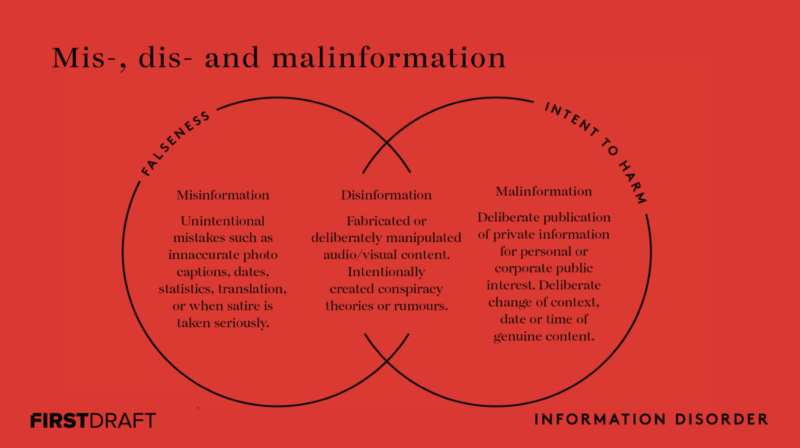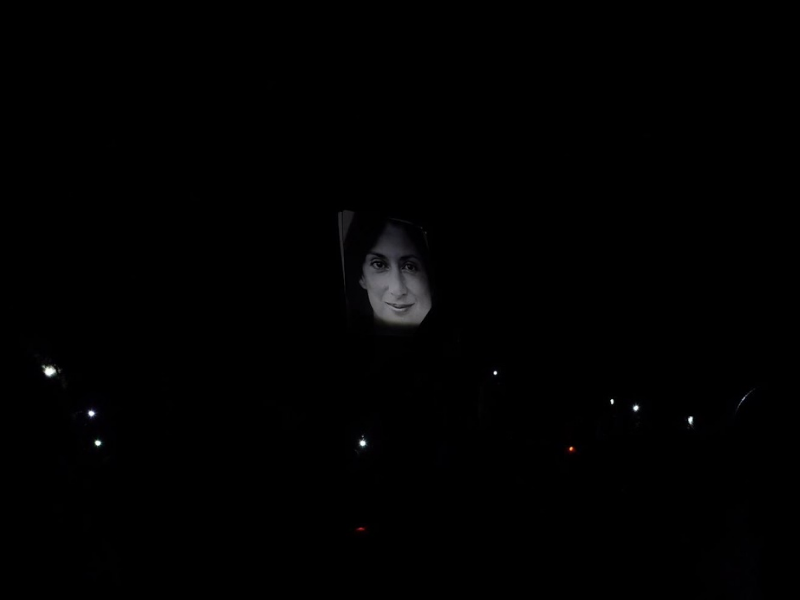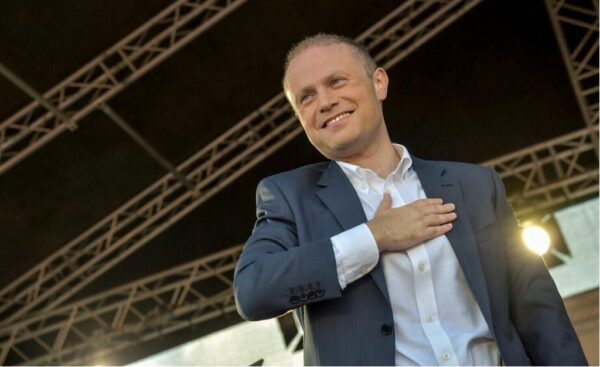The Shift has dedicated much space to the plethora of disinformation techniques since 2018 but it took a barrage of cloned media websites and email threads to finally elevate the phrase “disinformation campaign” onto the national stage.
Even Prime Minister Robert Abela was able to utter the phrase when he said, in a long-overdue statement on Monday, that the Office of the Prime Minister had been targeted when emails masquerading as his own were sent to local journalists.
Although Abela went on to add that he will be calling on the National Cyber Crime Committee to look into the matter, there still was no mention of the implementation of the recommendations for the protection of journalists made by the public inquiry determining the State’s role in the assassination of Daphne Caruana Galizia.
Had the reprobates not targeted the Office of the Prime Minister, we might have never heard a peep on the matter from Castille.
The Shift has already addressed the broader, more problematic aspects of these cyberattacks. Here, we focus on some of the more basic features connected to disinformation – the language and the way we use words and how they matter, despite our politicians and propagandists feigning that they don’t.
Let’s call things by their proper name
If we’re going to sound the alarm about the types of technology used to disseminate disinformation, it is imperative to have the correct terminology for things. A lot of social media posts over the weekend conflated the terms “spoof websites” with “deep fake websites”, and some headlines and hashtags even used the words “misinformation” and “disinformation” interchangeably. Disinformation and misinformation are linked but we should be clear as to how.
Deep fake technology
The term “deep fake” comes from the underlying technology “deep learning”, which is a form of artificial intelligence – deep learning algorithms that teach themselves how to solve problems when given large datasets, are used to swap faces in video and digital content to make realistic-looking, fake media.
Creating a credible deep fake video of someone is laborious since a creator has to first train algorithms on many hours of real video footage of the target person to give it a realistic “understanding” of what he or she looks like. It is then necessary to combine the trained network with computer graphics techniques to superimpose a copy of the person onto a different actor.
However, ever since the nefarious use of deep fake technology hit news headlines a couple of years ago, the term has become a catchall to describe everything from state-of-the-art videos generated by AI to any image that seems potentially fraudulent. A skillfully edited video or photoshopped image is not a deep fake, neither is a fraudulent website posing as a legitimate one.
Spoof website
This is the method that was used to create all the fraudulent media websites over the weekend. Website spoofing is the act of creating a website, as a hoax, with the intention of misleading readers. Usually, the spoof website will replicate the design of the target website and will sometimes have a similar-looking URL.
The one consideration to make about the word “spoof” is that it is also a poor term to describe this kind of malicious activity because “spoof” is normally associated with harmless parody and the use of the word, therefore, minimises the seriousness of such actions. The words “phishing”, “clone” and “fraudulent” can also be used and are potentially better descriptors.
Disinformation vs misinformation
This is how First Draft News’ Essential Guide to Understanding Information Disorder describes the two terms.
“Disinformation is content that is intentionally false and designed to cause harm. It is generally motivated by one or more of three distinct factors: to make money; to have political influence, either foreign or domestic; or to cause trouble for the sake of it”.
“Misinformation also describes false content, but the person sharing doesn’t realise that it is false or misleading. Often a piece of disinformation is picked up by someone who doesn’t realise it’s false, and shares it with their networks, believing that they are helping.”
Sometimes it can just be inaccurate information such as dates, translations, or statistics, but what often happens is that disinformation is unwittingly shared turning it into misinformation.
There is also a third category called Malinformation. This is when there is the “deliberate publication of genuine information that is shared with the intent to cause harm”. This can sometimes also include changing the context, date, or time of genuine content.
In short, the creation of spoof websites and their false content is unequivocally disinformation. If people are sharing these websites and their content without knowing they are false, they’re spreading misinformation. If they’re trying to pass off old articles as “new” or sharing out-of-context articles or photos to discredit journalists or activists, that’s malinformation.

Types of information disorder. Source: First Draft’s Essential Guide to Understanding Information Disorder.
No disclaimers necessary
The Shift has often noted how difficult it is to have any sort of genuine public debate and what a scourge social media is to Malta’s hyper-partisan, aggressive discourse; discourse that is sustained by party propagandists, with the help of their party media platforms and whose job it is to coordinate the masses against dissenting or critical voices.
The us/them discourse (and dichotomy) is so deeply entrenched that even messages condemning the recent cyber attacks were sometimes preceded by what can only be described as a disclaimer: “I don’t like or agree with what [they] write… but what is happening is unacceptable…”.
In such toxic public discourse, rife with disinformation and propaganda, and after all the evidence presented in the public inquiry that revealed just how easily a single person can be set up to be a figure to be hated, do we still need to buffer our condemnation of something that is intrinsically wrong?
However, some good may yet emerge from the events of the past week. Perhaps a greater number of readers may now be aware of how easily disinformation can be created and deployed, or perhaps the pressure, both locally and internationally, might spur the government to follow through with the recommendations in connection with the safety of journalists made by the board of the public inquiry determining the State’s role in the assassination of Daphne Caruana Galizia.
Perhaps.












